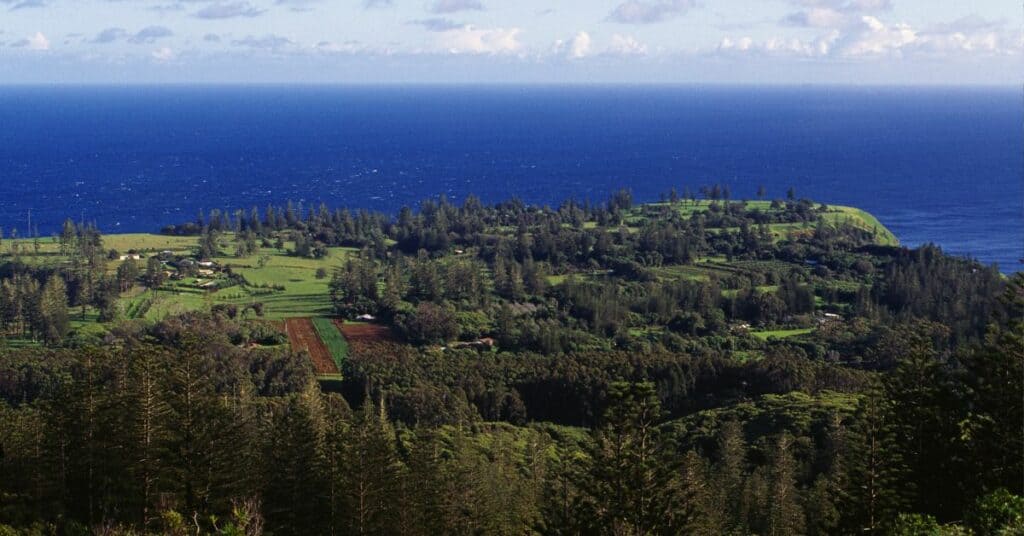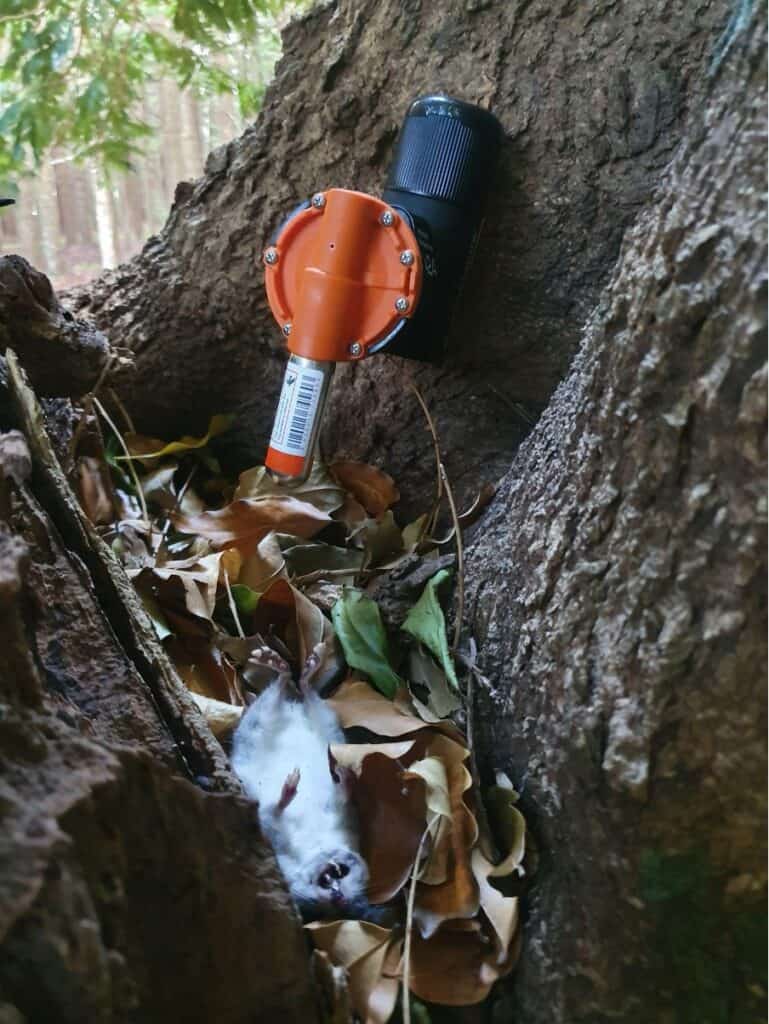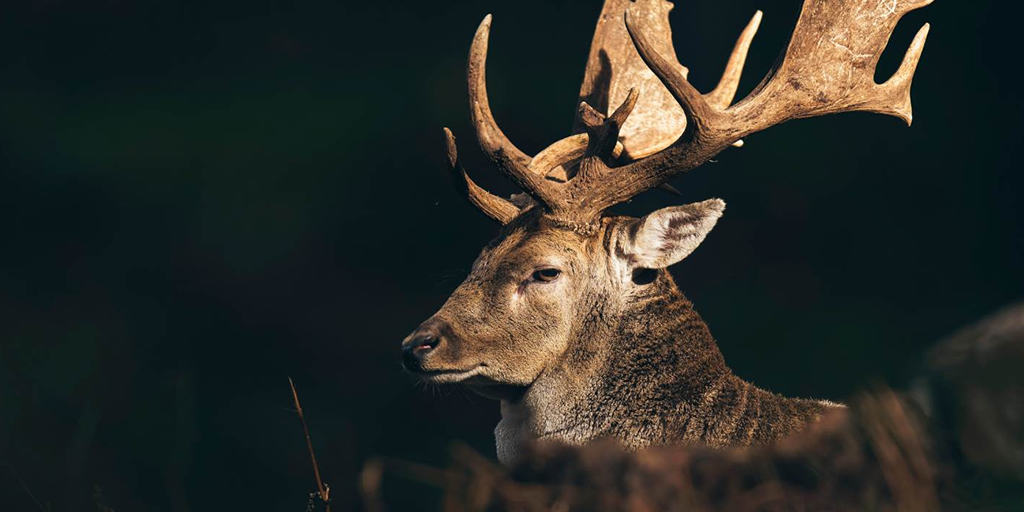
Norfolk Island is a green jewel in the vast Pacific ocean – a unique place of biodiversity with species found nowhere else in the world, a fascinating history and distinct culture.
Sadly, the island’s wildlife have been suffering thanks to the introduction of invasive species and loss of habitat.
Similar to many islands around Australia, invasive species have gained a foothold on Norfolk Island, with rodents and feral cats being the most damaging invaders. There are many others, including Argentine ants and the Asian gecko. Around 400 exotic plant species have established on the island, double the number of known indigenous plants, and efforts to control and reduce these weeds are ongoing.
While biosecurity and conservation is challenging for Norfolk Island, as it is in so many remote places, efforts to manage the risks from invasive species will determine the fate of its exceptional wildlife. Islands hold a natural advantage – we can more easily reverse the damage and eradicate invasive species that have gained a foothold through mistakes, hitchhiker arrivals or deliberate introductions. Doing so on islands compared with the mainland is often more feasible, cost-effective and can be maintained through strong biosecurity and awareness by the local people.
Thanks to finding by the Eldon & Anne Foote Trust managed by the Lord Mayor’s Charitable Foundation), the Invasive Species Council and Tierra Mar have been working with the Norfolk Island Regional Council and the Anson Bay community to restore the environment through effective rodent control.
One of the most crucial facets of this work is the participation of the community in these efforts.
In 2017, the program began providing resources and materials to help the Anson Bay community set up a network of rodent bait stations around properties near Norfolk Island National Park. Since 2022, the Norfolk Island Community Rodent Control and Stronger Biosecurity Program has worked with the Anson Bay community to involve more landholders in rodent control activities. These activities have focused on increasing the number of rodent baits and traps to decrease the density of rodents, leading to an increase in the numbers of threatened species. This program demonstrates the value of coordinating a control program through the community, as the most effective way to help protect their threatened species and natural values.

The most recent stage of this work has just been completed in July 2024, showing inspiring results. The Norfolk Island Regional Council and Anson Bay community have achieved a 77% reduction in rodent numbers, with increased participation by 34 households and the installation of 818 rodent bait stations across Anson Bay.
The project had another ambitious goal – to record increased sightings of the endangered Norfolk Island green parrot and Norfolk robin. The project has since recorded a correlated return of these iconic and precious birds, but also other species, some of which have been seen in the area for the first time. The island community observed increases in sightings of the Norfolk golden whistler, various migratory seabirds, fantails, and general reports of birds perching around the community in places never seen before. This result is inspirational and a true endorsement on the power of community invasive species control and conservation.
Islands present us with an opportunity to be world leaders in biosecurity and conservation efforts. Norfolk Island serves as a prime example of the value of community engagement, bringing together diverse perspectives and transforming residents’ passion and love for their island homes into effective action. By continuing to support these efforts, future funding will ensure that Norfolk Island can continue to be a role model in progressing towards an invasive species free future and benefit from preserving the island’s unique natural heritage.




